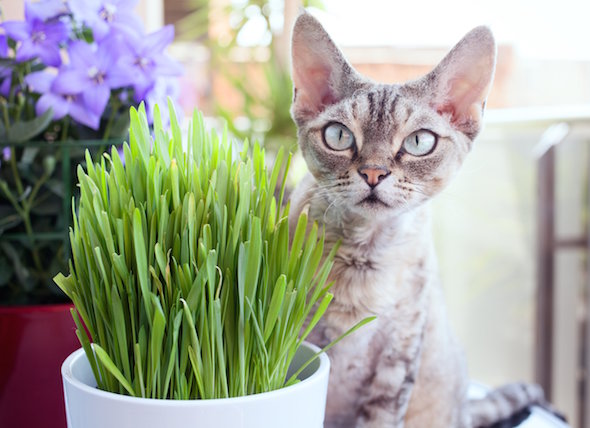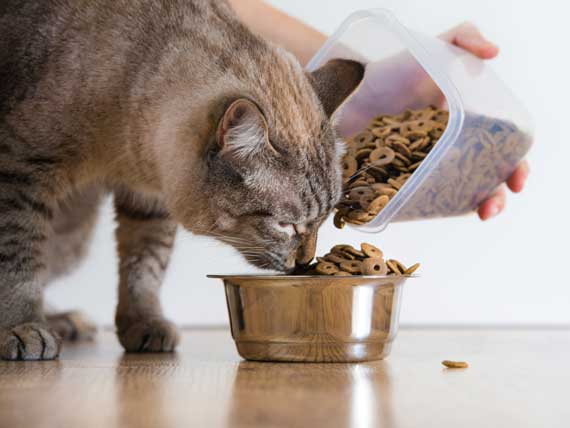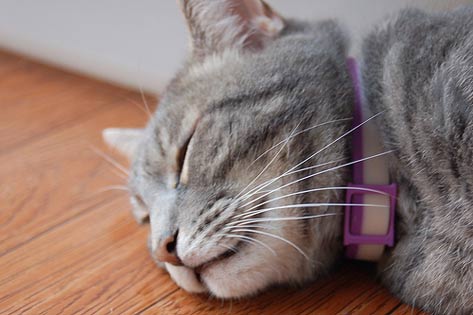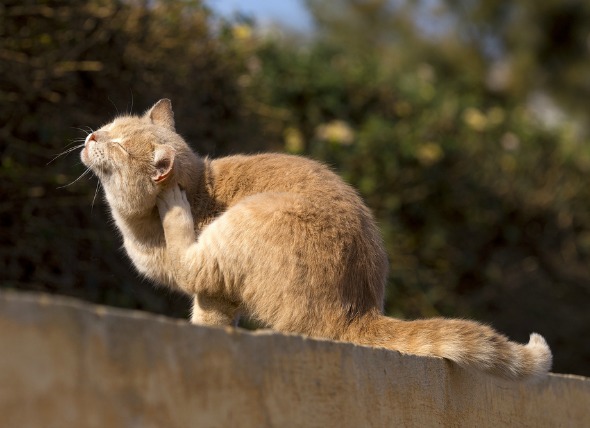Treating the loss of stability in cats, or any other issue for that subject, might be a sluggish approach, with several consultations, numerous cellphone calls and delicate observation on your part. This is specially so when healing your cat homeopathically. But the result can be far a lot more favourable than with any other treatment method.
To find out much more about homeopathy, simply click on the url below.
Ahh certainly, the returns of proudly owning a cat the affection lavished on you when you arrive property, the cuddles and purrs as you fall asleep, the vermin snuffing, the humorous antics, and the unmistakable "cat hacking" that precedes a hairball making an visual appeal... well, no one is purrfect.
If you are a cat guardian, especially to an indoor cat, sooner or later you will turn into intimately acquainted with a hairball just a cat simple fact of lifestyle. If you are new to cat rearing, your initial encounter witnessing your furball expel a rodent-like mass, will likely depart you fearing for Fluffy's life, or recoiling in disgust, or possibly both. Joking aside, while hairballs are - for the most element- just a gross annoyance for you and your cat, they can also pose a likely danger to your cat's health. Thankfully, there are items that you can do to reduce the amount of hairballs your cat develops, and aid relieve elimination of hairballs that do occur.
What exactly is a Hairball?
Indeed, it is a ball of hair, but there is a lot more to it, and you are about to enter the "yuck" portion of this article. A hairball, technically acknowledged as a trichobezoar, is a mass of undigested hair combined with digestive fluids and, on functions, undigested meals. The phrase hair "ball" is considerably deceptive. Hairballs that are expelled are in fact shaped much more like a cylinder due to the journey through the cats' esophagus, therefore they are frequently mistaken for feces - cue the "yuck" - specially if the cat's fur is dark. The masses fluctuate in size from about an inch to many inches in length, primarily based on the quantity of hair a cat ingests.
How Does a Hairball Develop?
A cat will devote a great bargain of time grooming by itself, ingesting hair with every lick. Most of the hair that is ingested will pass by means of the digestive method with no incident. Nevertheless, some hair will accumulate in the belly and little intestines. Like any other foreign, undigested mass lying in the pit of one's stomach, the human body will ultimately consider to dislodge the intruder, which leads to the cat hacking, retching and vomiting of a hairball.
The frequency and severity of hairballs depends drastically on a cat's coat, and grooming routines. Prolonged haired cats are obviously a lot more impacted simply because they ingest more hair. Quick haired cats have an simpler time with hairballs. I personally have several cats, two lengthy haired and two small haired, and even though I have witnessed far more than my share of hairball hackings, I have yet to see my 6 calendar year aged short haired cat spout a hairball.
When is a Hairball a Concern?
Unfortunately, a wad of undigested hair can grow to be so significant it leads to a belly or intestinal blockage which would require fast health care intervention.

 How to Grow Cat Grass
By Stacia Friedman
Nibbling on g
How to Grow Cat Grass
By Stacia Friedman
Nibbling on g
 5 Things that Could Help Prevent Cat Food Recalls Today
By Lorie Huston, DVM
The l
5 Things that Could Help Prevent Cat Food Recalls Today
By Lorie Huston, DVM
The l
 10 Ways to Stop Fleas from Biting Your Cat
By Jennifer Kvamme, DVM
There are l
10 Ways to Stop Fleas from Biting Your Cat
By Jennifer Kvamme, DVM
There are l
 Does My Cat Have Fleas?
How to Inspect and Remove Fleas from Your Cat
&nbs
Does My Cat Have Fleas?
How to Inspect and Remove Fleas from Your Cat
&nbs
 Cat Scratching - How To Stop Your Cat Scratching The Furniture
Cat Scratching - How To Stop Your Cat Scratching The Furnitu
Cat Scratching - How To Stop Your Cat Scratching The Furniture
Cat Scratching - How To Stop Your Cat Scratching The Furnitu